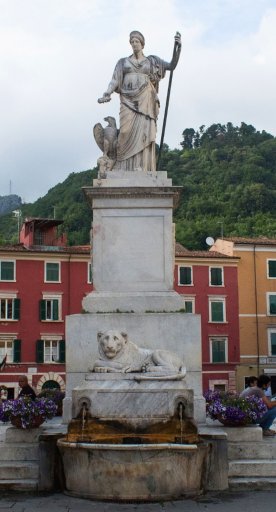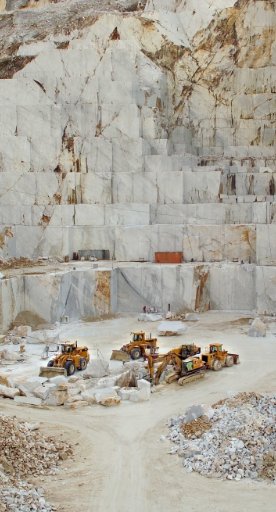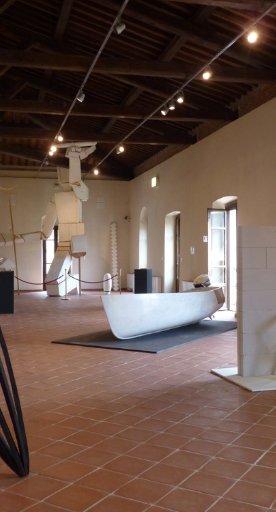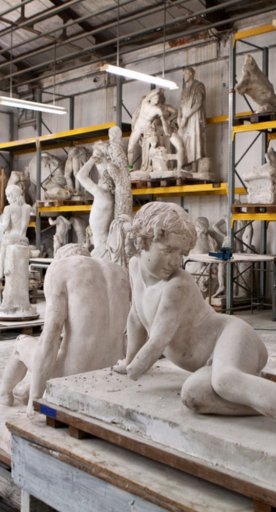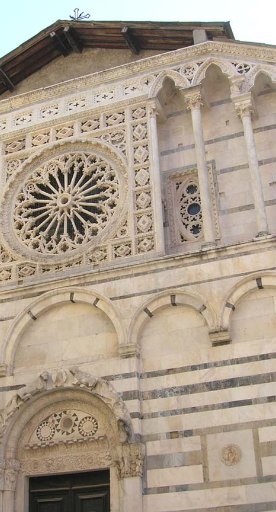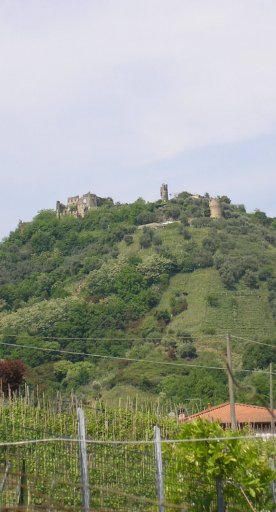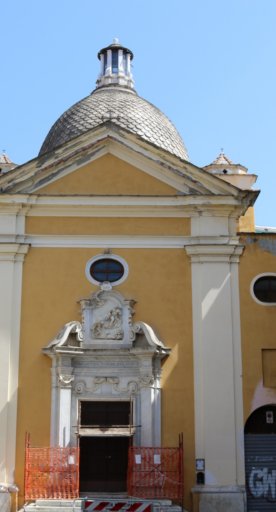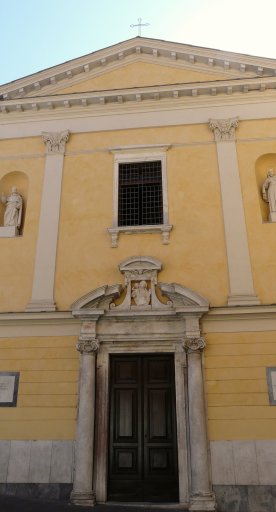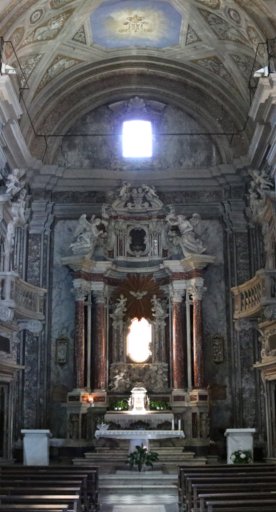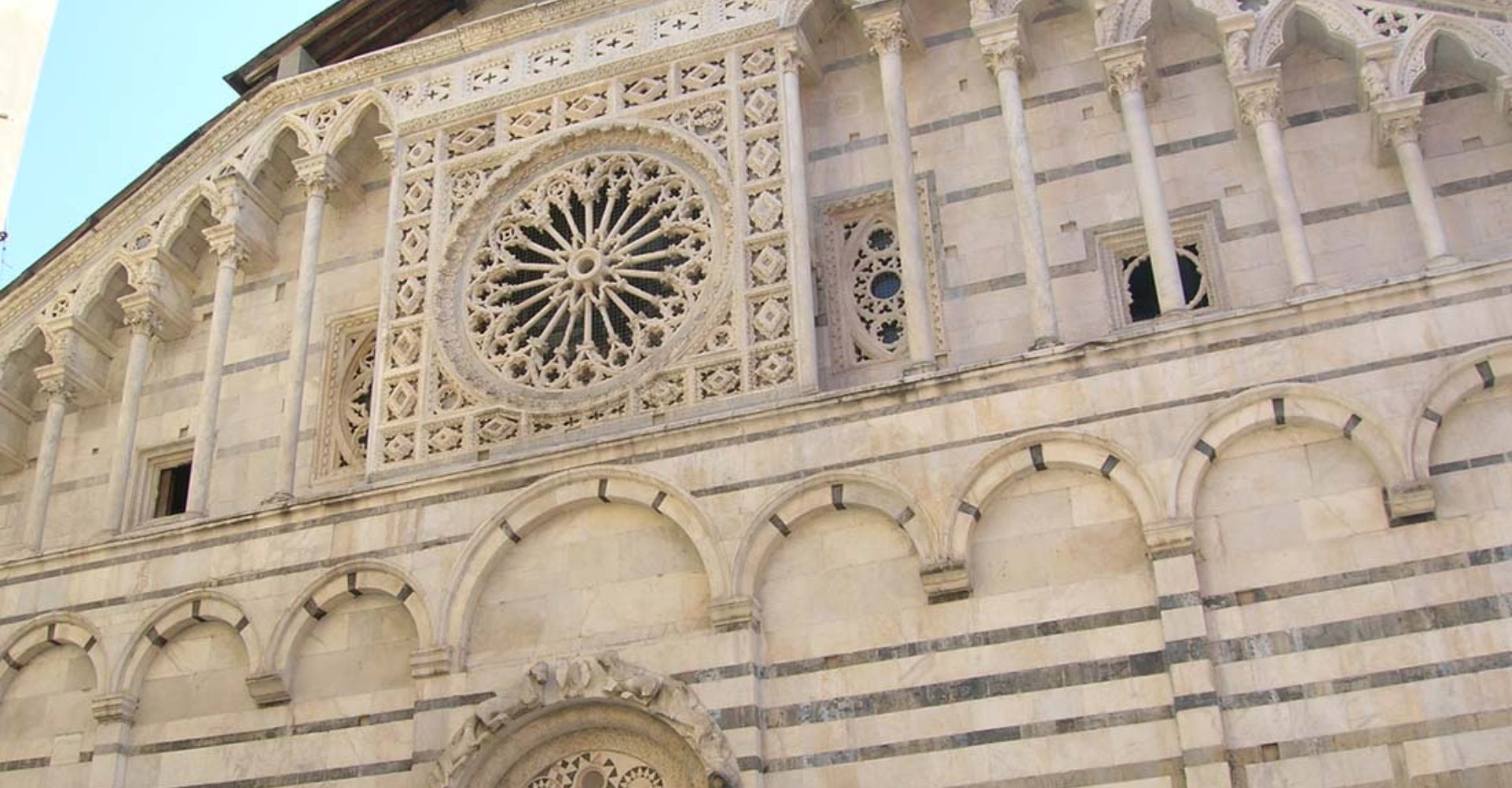
Carrara Cathedral
A building that lasted three centuries
The Carrara Cathedral, dedicated to St. Andrew the Apostle (Sant'Andrea Apostolo), is the centerpiece of the ancient city. Already mentioned in 1035, the church went through several construction phases, and was completed only in 1395. It was erected following the Roman Gothic style and is entirely covered with valuable Apuan marble.
Few elements are still present that can be dated to the 11th century, such as some decorations on the facade. Instead, the colonnade and windows with floral motifs, with the typical medieval bestiary, date from the second half of the 12th century.
The loggia and the majestic central rose window with twenty rays, in Gothic style and added during the last phase of the church's construction in the 14th century, are valuable.
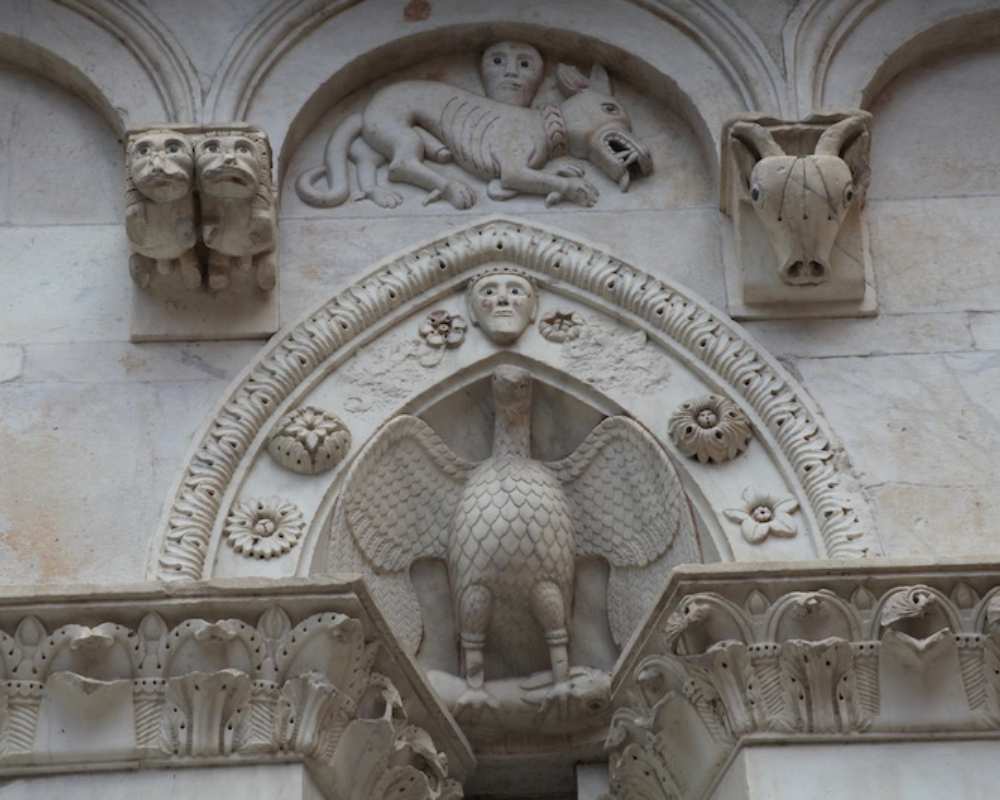
The interior of Carrara Cathedral has a floor plan with three naves, the central one of which is distinctly higher than the others, and divided by columns and pillars with round arches. Works of great artistic value are preserved here: in the right aisle, we find an altar dedicated to St. Ceccardo, the patron saint of Carrara. Continuing on, we can admire the sculptural group of the Annunciation (16th century), also known as "Le Cassanelle", in French Gothic style and attributed to Giovanni Pisano. In the left aisle, on the other hand, is the marble group of the Madonna and Child with Saints, made in the late 15th century by the Florentine sculptor Andrea Guardi. A little further on is the altar of the Madonna del Popolo and the access to the chapel known as the "Compagnia Grande".
